AI Weather Models for Disease Prediction: How They Work
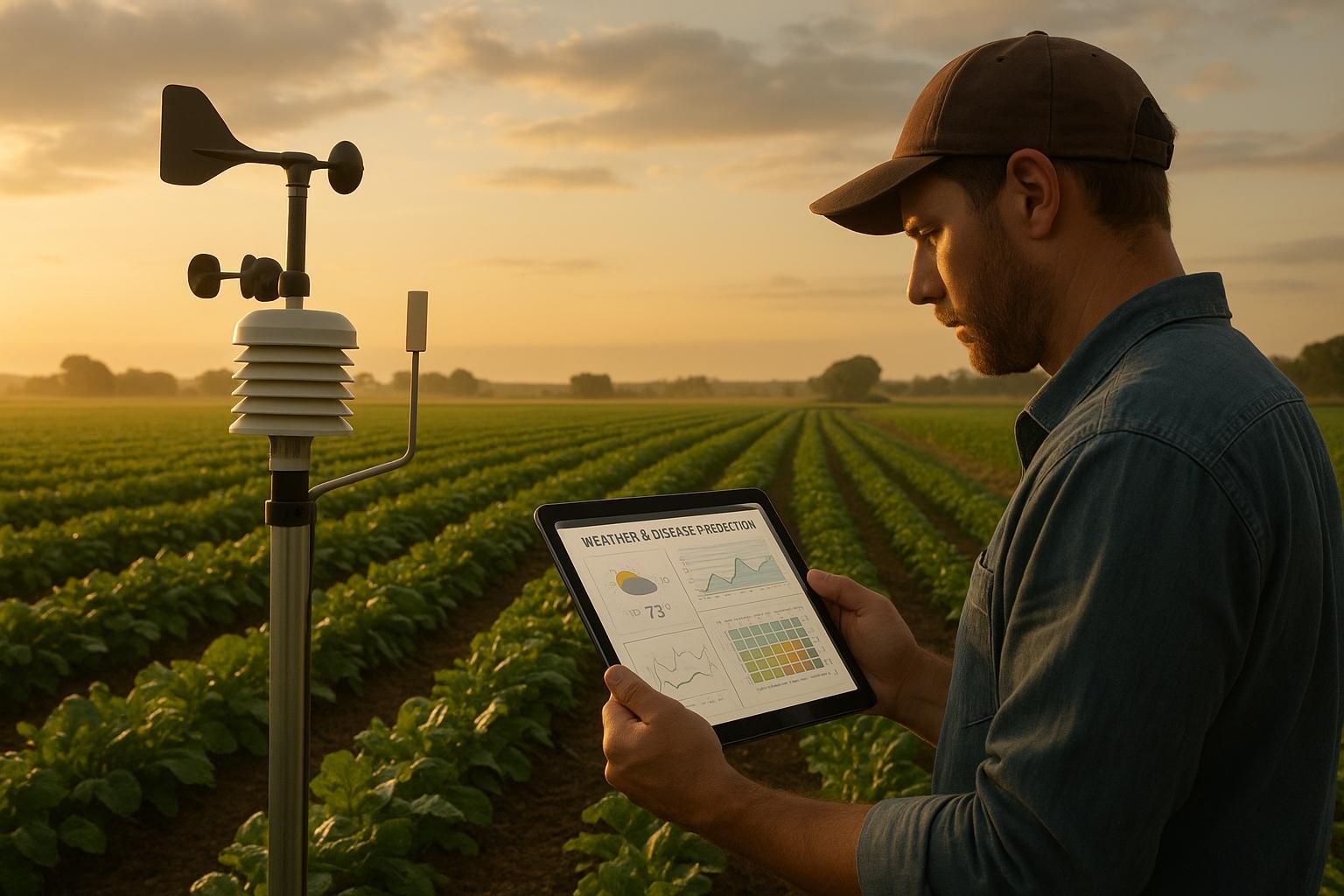
AI weather models help predict plant diseases by analyzing weather patterns like temperature, humidity, and rainfall. These tools combine data from weather stations, satellites, and historical records to identify risks early, enabling farmers and gardeners to act before outbreaks occur. Here's what you need to know:
- Key Weather Factors: Warm, humid conditions often lead to fungal diseases, while prolonged rainfall increases soil-borne risks like root rot.
- How AI Works: Machine learning processes large datasets, updates forecasts in real time, and accounts for local microclimates.
- Benefits: Early warnings reduce crop losses, pesticide use, and improve farm management.
However, challenges like climate change disrupt traditional weather patterns, requiring ongoing improvements in AI models. Tools like AIGardenPlanner already offer localized disease alerts and tailored plant care advice, making these advancements accessible for both large farms and small gardens.
Using AI to Identify Plant Disease, Track Insect Infestations, and Improve Food Security

Core Functions of AI Weather Models
AI weather models use advanced data processing and machine learning to predict plant disease outbreaks. By combining multiple data streams, they provide timely alerts to help take preventive measures.
Key Data Sources
Modern AI weather systems rely on a variety of data sources to forecast potential diseases:
| Data Source | Information Provided |
|---|---|
| Weather Stations | Data on temperature, humidity, and rainfall |
| Satellite Imagery | Details about cloud cover and precipitation |
| Historical Records | Past weather trends and documented disease cases |
These datasets fuel the AI algorithms that make predictions possible.
AI Methods in Weather Prediction
Using these inputs, machine learning algorithms like neural networks play a central role. These systems are capable of:
- Simultaneously analyzing multiple weather factors
- Identifying subtle environmental patterns
- Updating forecasts in real time
- Accounting for microclimate differences
As new data comes in, these algorithms continuously improve their predictions through iterative learning.
Weather-Disease Pattern Analysis
Local data analysis is key to improving forecast accuracy. AI systems cross-reference historical weather data with disease outbreak records to pinpoint environmental triggers.
For instance, AI systems can now generate tailored alerts based on specific climate zones and local conditions. This allows for early identification of disease-conducive situations and precise timing for preventive actions. They also provide detailed growing guides that align prevention strategies with actual environmental conditions.
Platforms like AIGardenPlanner (https://aigardenplanner.com) showcase how these predictive tools can be integrated into practical gardening solutions. Users receive personalized recommendations based on their local climate, helping them better manage their gardens.
This level of analysis supports real-time disease management, enabling proactive interventions before outbreaks occur.
AI Weather Models in Farm Management
AI weather models are changing the way farmers protect their crops. By analyzing local weather patterns and historical data, these models can identify conditions that may lead to diseases. This allows farmers to take preventive action before issues arise.
Predicting Disease Risks
These models track factors like temperature, humidity, rainfall, and leaf wetness to evaluate the risk of crop diseases. They provide early warnings, often days in advance, helping farmers cut down on crop losses and reduce pesticide use. This level of accuracy also supports better integration with automated farming tools.
Linking to Smart Farm Systems
AI weather models work hand in hand with smart farming systems. These systems combine real-time monitoring with automated alerts to improve disease management. For example, AIGardenPlanner uses detailed local climate data to offer tailored advice on plant care and disease prevention. This shows how weather-based predictions can lead to practical, actionable strategies for managing crops.
sbb-itb-4d6a8dd
🚀 Ready to Reinvent Your Garden?
Join thousands of homeowners who have transformed their gardens using our AI design tool. Upload one photo to explore endless possibilities.
Get your AI garden designs →Current Limitations
AI-based weather models can predict plant diseases, but climate change poses challenges that impact their accuracy and dependability.
Climate Change Effects
Shifts in climate disrupt traditional weather patterns, making historical data less useful. Extreme weather events and rising temperatures also create conditions for new pathogens to emerge in areas they hadn’t previously affected.
- Changing weather patterns reduce the relevance of past data.
- Frequent extreme weather events complicate predictive models.
- Warmer temperatures may allow pathogens to spread into new regions.
These challenges need to be addressed to improve the precision of AI-driven forecasts and support better disease management strategies.
Next Steps in AI Weather Prediction
New Ways to Collect Data
With advancements in AI, new sensors are now providing real-time updates on soil moisture, temperature, and atmospheric conditions. This data helps create more precise, location-specific predictions for plant diseases, making it easier to address local challenges effectively.
Localized Disease Forecasting
Tailored forecasting is becoming more accurate than ever. Tools like AIGardenPlanner use this approach by combining local climate data, seasonal disease patterns, site-specific conditions, and historical outbreak records. The result? Customized plant care and maintenance guides designed to address the specific needs of each location.
As these forecasts get better, there’s a growing focus on applying them responsibly and adhering to ethical standards.
Ethics and Best Practices
Using AI weather models responsibly means following clear best practices and ethical principles. Here are some important areas to consider:
- Data Privacy and Security: Safeguarding sensitive agricultural data is essential. Clear policies about how the data is used should always be in place.
- Environmental Responsibility: AI-powered disease forecasting should encourage sustainable practices. For example, it can help reduce pesticide use by timing applications more precisely, conserve water with smarter irrigation, and support ecosystem health.
- Accessibility: Making this technology available to farms of all sizes is key. AIGardenPlanner addresses this by offering flexible pricing options, including a pay-as-you-go plan for $15 and subscription plans starting at $9 per month.
With ongoing improvements in accuracy and usability, AI weather models are set to become indispensable tools for sustainable farming and garden care.
Conclusion: AI Weather Models in Agriculture
AI weather models are changing the way agriculture works by connecting local climate data with plant health. These tools help farmers and gardeners make smarter decisions to protect their crops.
For example, AIGardenPlanner uses local climate information to offer tailored plant recommendations, helping reduce the risk of regional plant diseases. This tool has shown its reliability in keeping up with changing climate patterns.
Here are two key advantages:
- Personalized Plant Selection: Tools like AIGardenPlanner suggest plant varieties suited to local conditions, reducing the chances of disease.
- Improved Crop Management: Data-driven insights help refine care strategies, ensuring healthier crops over time.
These advancements are giving growers more control. By processing large amounts of weather data, AI models help optimize planting strategies and encourage eco-friendly farming. Whether you're a home gardener or a professional landscaper, using these insights turns scientific data into practical solutions, cutting down on crop loss and improving outcomes.
FAQs
How do AI weather models use local microclimate data to predict plant diseases more accurately?
AI weather models analyze local microclimate data - such as temperature, humidity, rainfall, and wind patterns - to identify conditions that can lead to the spread of plant diseases. By combining this data with historical trends and advanced algorithms, these models can detect subtle environmental changes that might increase disease risks.
This approach allows for more precise predictions tailored to specific regions, helping farmers and gardeners take timely preventive measures. Tools like AI-powered platforms can even integrate these insights into personalized recommendations for plant care and disease management.
What challenges do AI weather models face with climate change, and how are these issues being solved?
AI weather models are incredibly useful for predicting plant diseases, but they face challenges due to the unpredictable nature of climate change. As weather patterns shift and extreme events become more frequent, these models must account for new variables and rapidly changing conditions.
To address these issues, researchers are enhancing AI models with real-time data updates, improving their ability to adapt to sudden changes. Additionally, advanced machine learning techniques are being used to better analyze historical weather trends and predict future anomalies. These improvements help ensure that AI weather models remain accurate and reliable, even in the face of a changing climate.
How can small-scale gardeners use AI weather models to protect their plants, and what tools are available to help?
AI weather models can help small-scale gardeners by predicting conditions that may lead to plant diseases, such as prolonged humidity or sudden temperature changes. These models analyze weather patterns and environmental data to provide early warnings, allowing gardeners to take preventative measures like adjusting watering schedules or applying treatments before diseases spread.
For gardeners looking to integrate these insights into their planning, tools like AIGardenPlanner can be invaluable. By offering personalized plant recommendations based on your local climate and conditions, it helps you make informed decisions to keep your garden healthy and thriving. Combining AI weather predictions with tailored gardening advice ensures your plants are better protected year-round.
🎨 Visualize Your Dream Garden Today!
Transform any outdoor space into a professional landscape design in minutes. Just upload a photo, choose your style, and let our AI do the rest.
Start your garden transformation now →Related posts
Related Articles

Top 5 Raised Garden Beds on Sale: Factors to Consider When Buying
Looking for the best raised garden beds on sale? Check out our top 5 picks and learn about the factors you should consider before buying one.
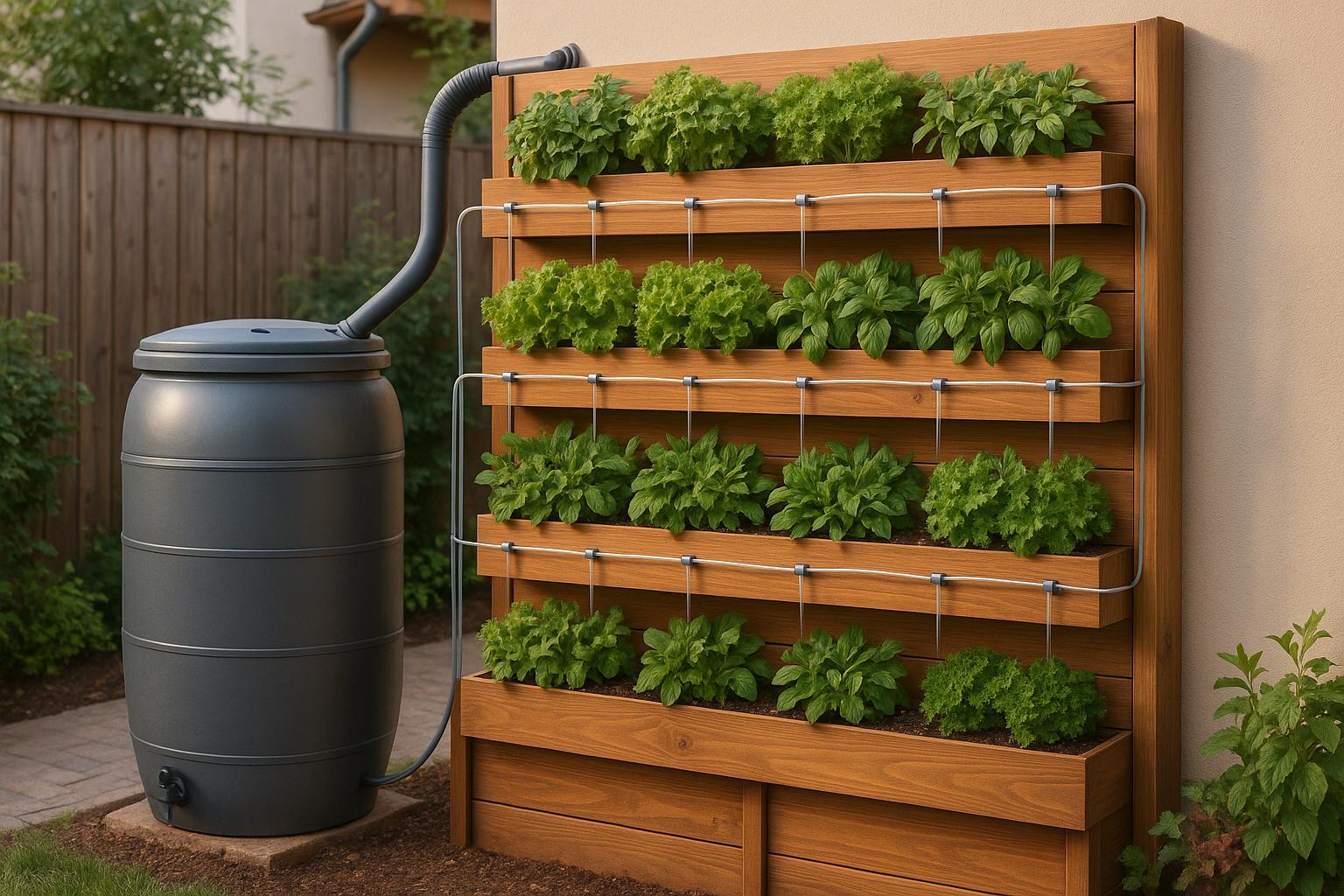
DIY Rainwater Systems for Vertical Gardens
Learn to create a DIY rainwater system for your vertical garden to save water and promote healthier plant growth with low-cost solutions.
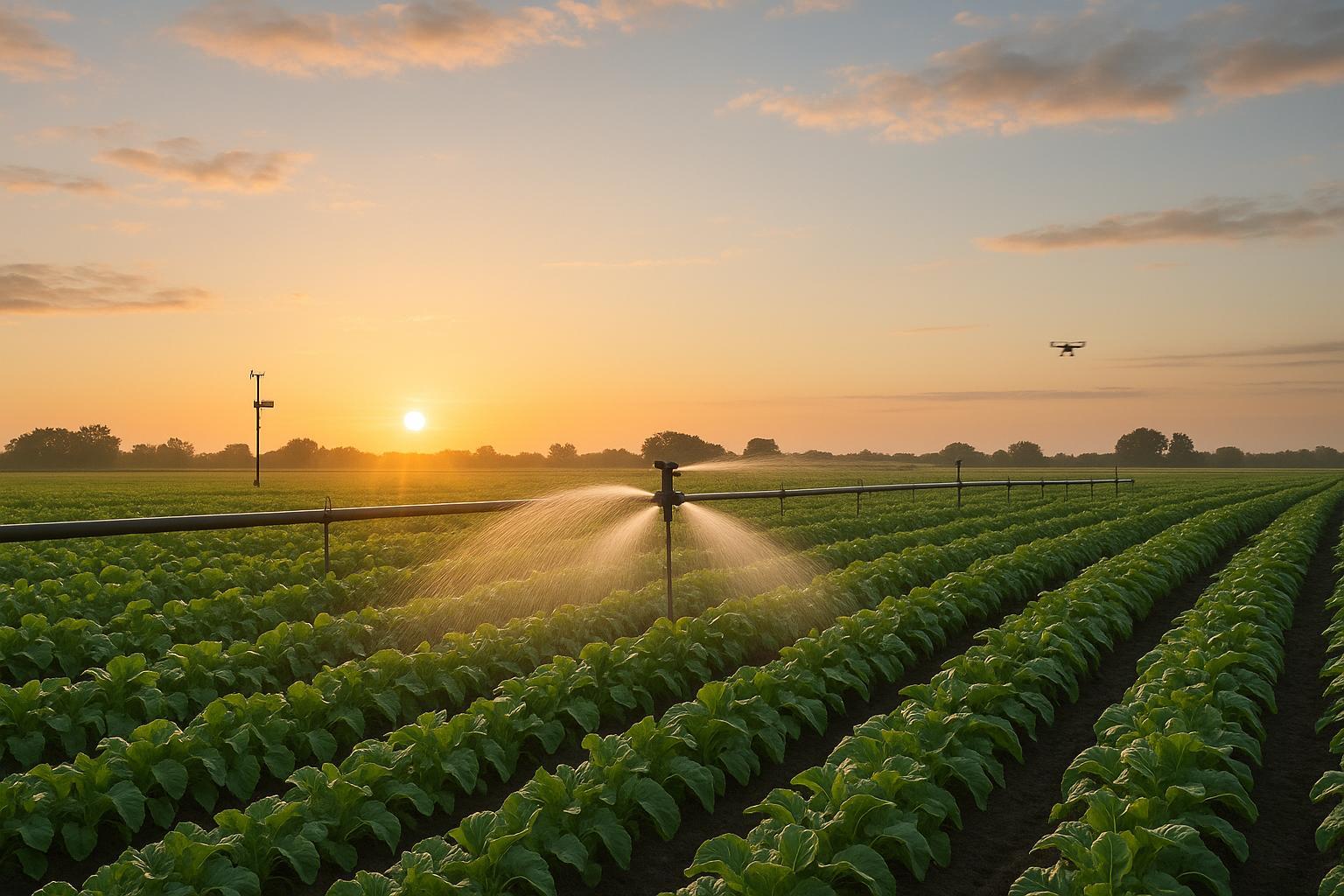
How AI Predicts Weather for Smarter Irrigation
Explore how AI-driven weather predictions optimize irrigation systems, enhancing water efficiency, crop yields, and cost savings for farmers.
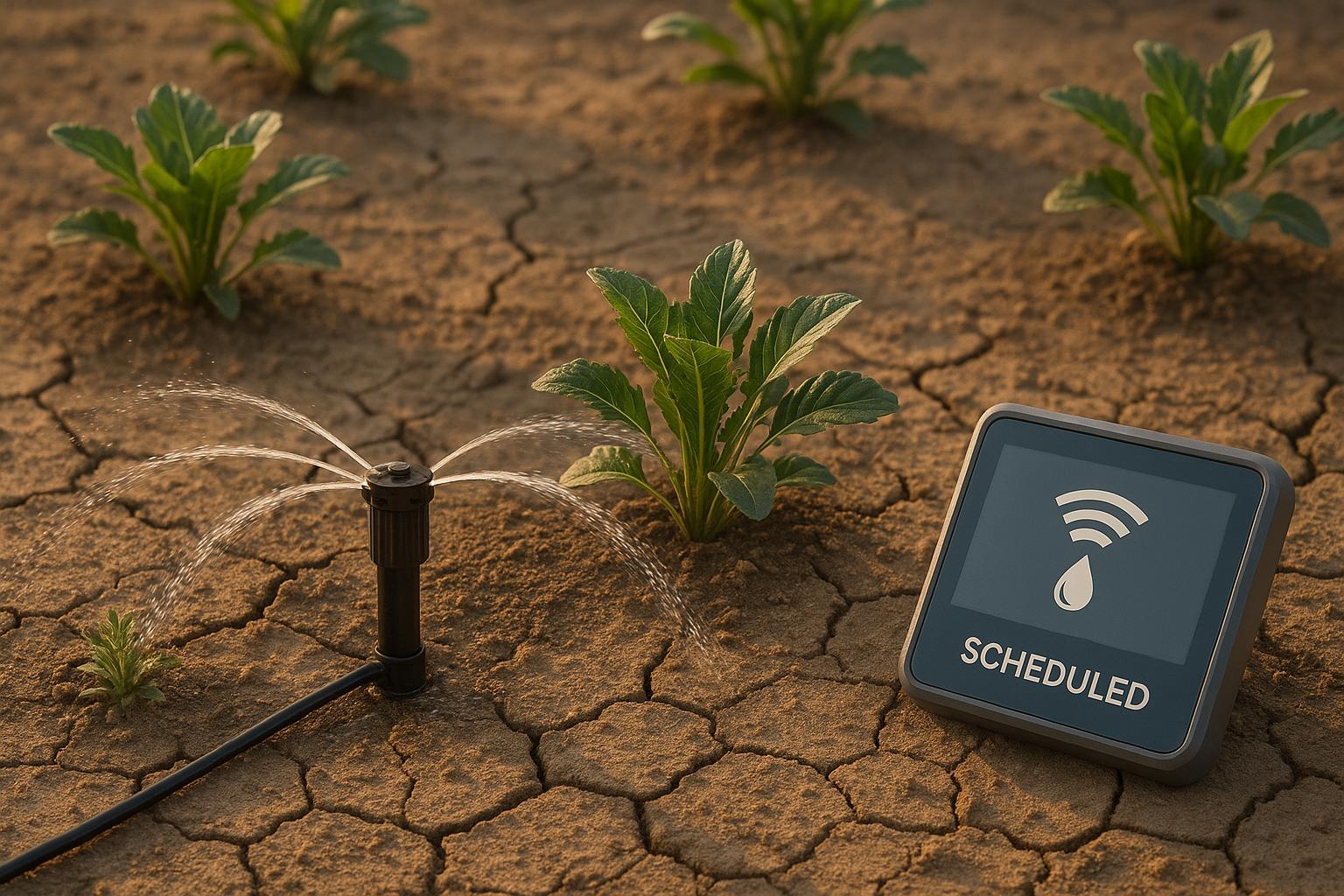
AI Watering Schedules for Drought Conditions
AI-driven irrigation systems optimize water use during droughts, improving plant health and conserving resources through real-time data and machine learning.

How Vegetation Density Affects Garden Microclimates
Explore how vegetation density shapes garden microclimates, affecting temperature, humidity, and plant health for a thriving outdoor space.
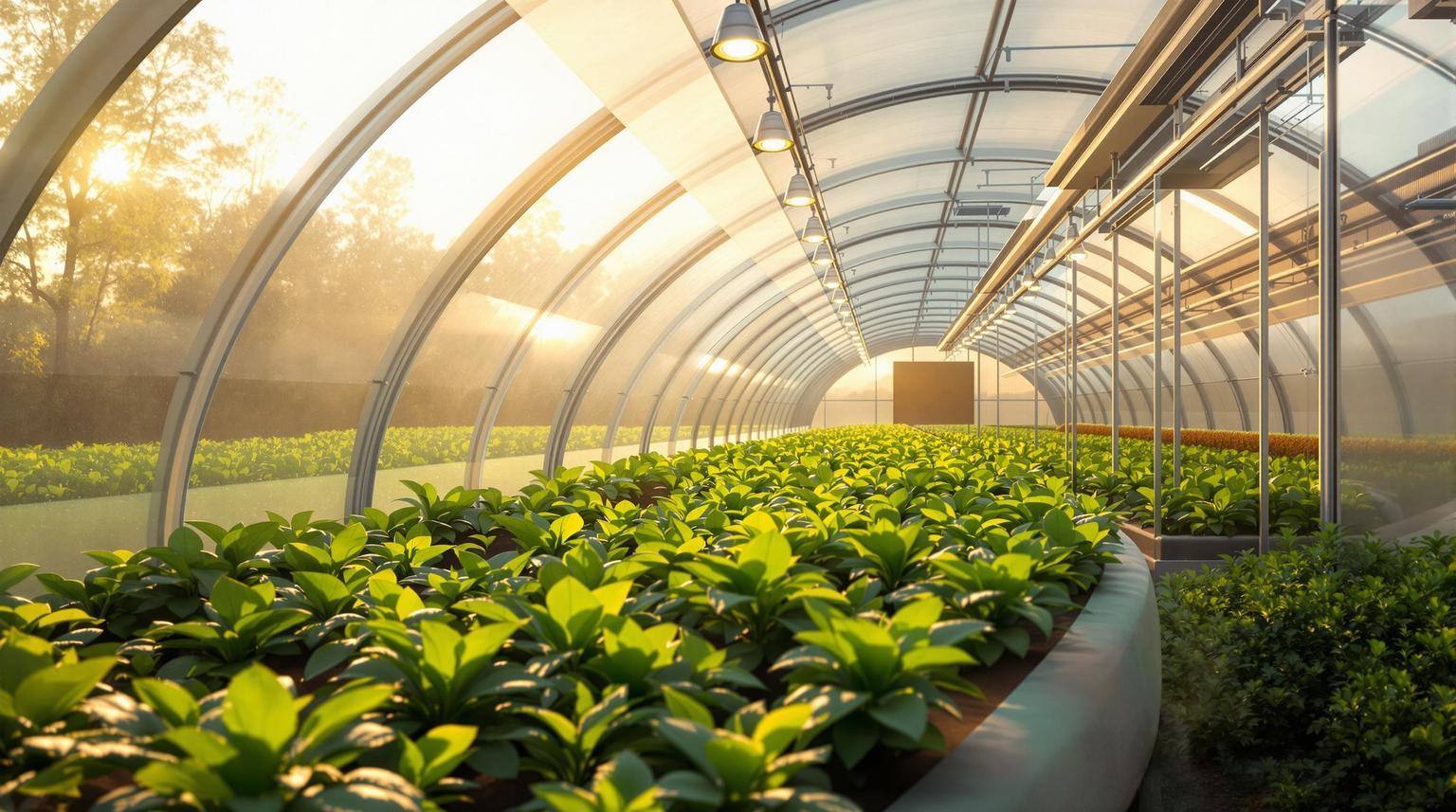
AI-Powered Heating For Microclimate Control
Unlock the potential of AI-powered heating systems to optimize plant health and reduce energy costs in gardening and agriculture.